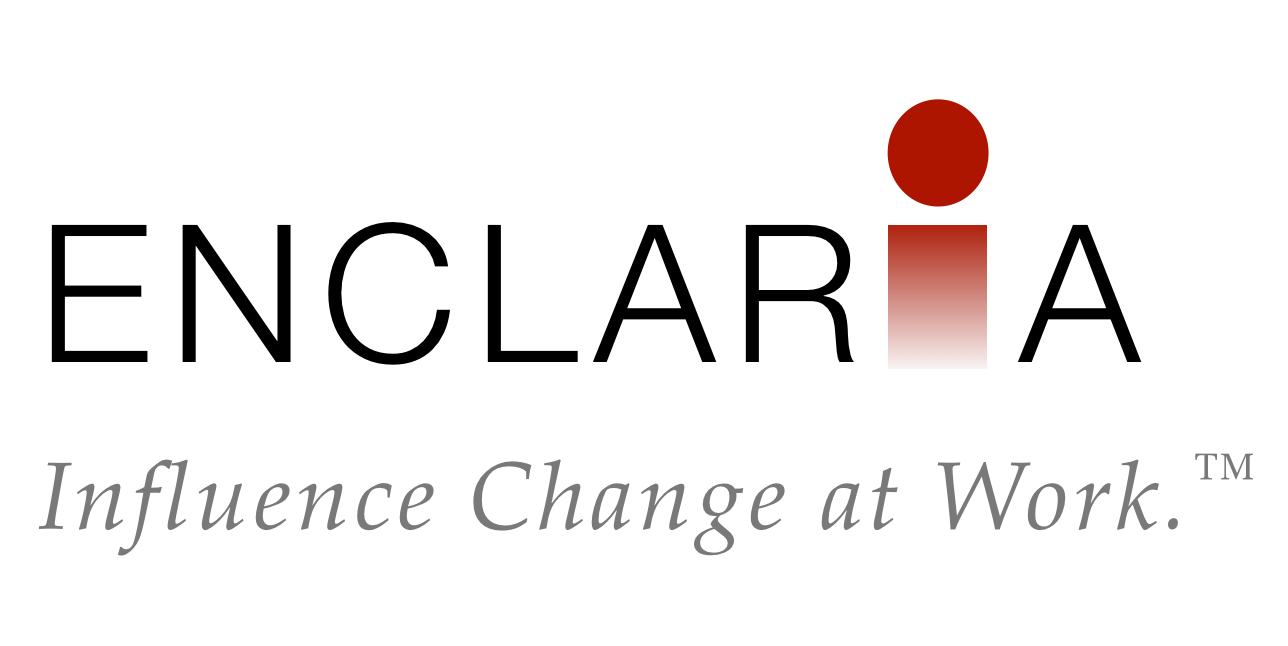Everyone responds to change differently. It depends on their history, the change in question, and even their mood that day. And yet, there is a pattern to how people respond.

To help illuminate the responses to change, let’s take a simple look at change itself. By definition, change requires moving away from the current state to a different future state.
Current State —>>> Future State
Both of these states can trigger emotions. People will feel either positively or negatively about leaving the current state, and they will feel positively or negatively about moving toward the future state.
We can chart the responses on a grid:
| Responses: | Positive | Negative |
| Away from Current State | RELIEF | ATTACHMENT |
| Toward Future State | HOPE | DOUBT |
Relief
The positive response to leaving the current state is relief. People are glad that the current way of doing things is ending. One of my clients is at the beginning of an ERP implementation that everyone agrees is several years too late. Employees can’t wait to get off the clunky old system.
We can engender this positive feeling of leaving the status quo by creating some dissatisfaction with the way things are. Play up the pain points people experience because of the current state.
Hope
The positive response to moving toward the future state is hope. In this quadrant, people like the direction the organization is going and want to see it happen. They may even be enthusiastic and take active steps to move forward.
To create a sense of hope, develop and share a clear vision of the future. Tap into people’s imaginations of how good things can be once the change is complete.
Attachment
Moving away from the current state can also cause a negative response: attachment. In this quadrant, people hold onto the comfort of the status quo. They stick with their well-worn patterns. Perhaps their identity is associated with the way things are because they are the expert or they helped develop the current way. They cling to the current state for security.
To alleviate attachment, help people let go of the current state. Celebrate progress so far, while saying goodbye to the past. Break habits. Help them feel supported as they make the change. Build trust and listen.
Doubt
The negative response toward the future state is doubt. Uncertainty about the future makes people worry in this quadrant. Even if they want to leave the current state, they’ll hesitate if they don’t believe the future state is the right way to go or don’t think the organization can accomplish it.
Remove doubt with commitment. Drive certainty through communication and leadership. Provide resources to assure people that the change will be successful. Prove the concept and share stories of success. Empower them to take ownership of the change.
Of course, because people are complex, emotional beings, they can reside in all four quadrants at once! To influence change, the goal is to induce positive responses while minimizing the negative responses. To do that, you’ll need to:
- Stir up dissatisfaction with the way things are, to create a sense of relief that it will be left behind;
- Share a clear vision of the future, to generate hope and enthusiasm;
- Provide support to overcome attachment to the current state; and
- Demonstrate commitment in order to remove doubt.
What do you think – does this capture all the responses you’ve seen people have to change? What else would you add?

 Seven Extra Skills You Need to Become a Versatile Change Agent
Seven Extra Skills You Need to Become a Versatile Change Agent